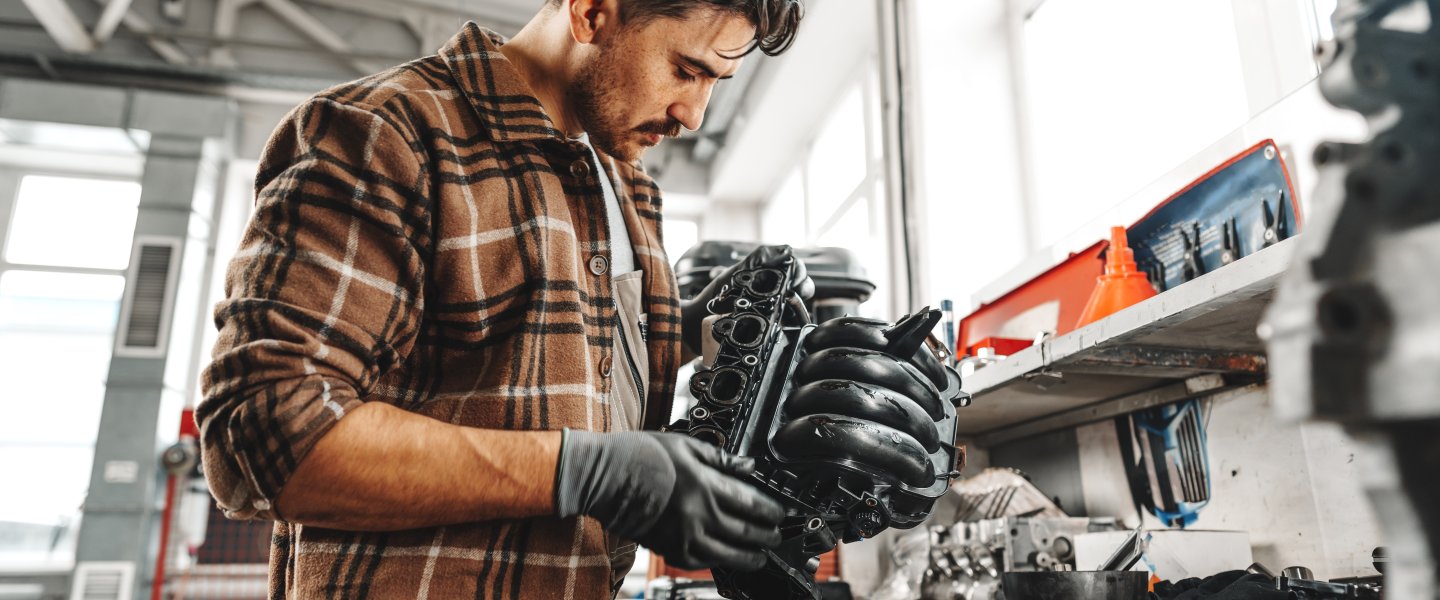Construction combines sub-areas of engineering and design. The field is dedicated to the development and design of machines, devices, systems or other industrial products. Design engineers usually work in design departments, engineering or planning offices. They often work closely with other specialists such as architects, electrical or mechanical engineers as well as manufacturers and contractors to identify and successfully implement individual requirements.
Specialists in this field are commissioned to design an object and then produce creative solutions - from the initial sketch and concept design to the technical drawing as the final result. The resulting technical drawings go far beyond visual design. They also contain important information such as the material, processing, dimensional and tolerance specifications required to manufacture the product.
Computer-aided design (CAD) programs are the central tool in design. These programs are the digital successor to the commonly known drawing board and enable designers to draw and design their products in photorealistic quality in 2D and 3D using modern software, as well as create additional technical documentation. Common examples of this are AutoCAD, AutoCAD LT, Civil 3D, Autodesk Inventor, Fusion 360 or SolidWorks. Consequently, a large part of the day-to-day work of design engineers takes place at a desk, where products are designed virtually. Practical components such as building the first prototypes are also part of the daily work routine.
Basically, the job of a design engineer consists of the following main activities, which can of course vary depending on the industry, company and position:
- Design & development
- Creation of technical drawings
- Material selection for the specific application, based on design requirements for strength, durability, cost and other factors
- Computer-aided analysis and simulation to verify and optimize the performance and behavior of the designed product under various conditions
- Creation of prototypes and practical testing of the design drafts
- Documentation and reporting of project progress, including costs, schedules and technical specifications
- Coordinating with other teams such as architects, electrical engineers, manufacturers and clients

